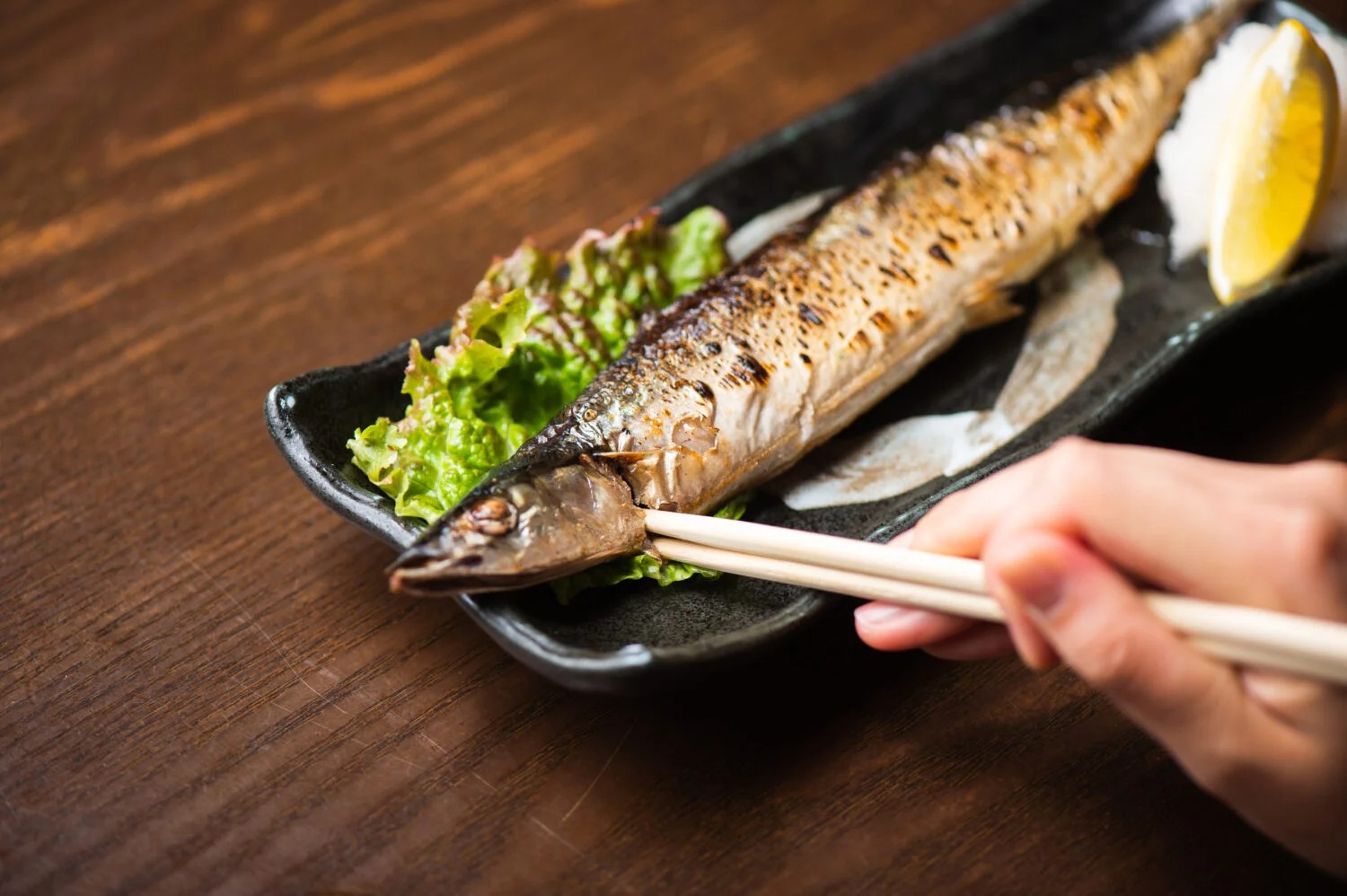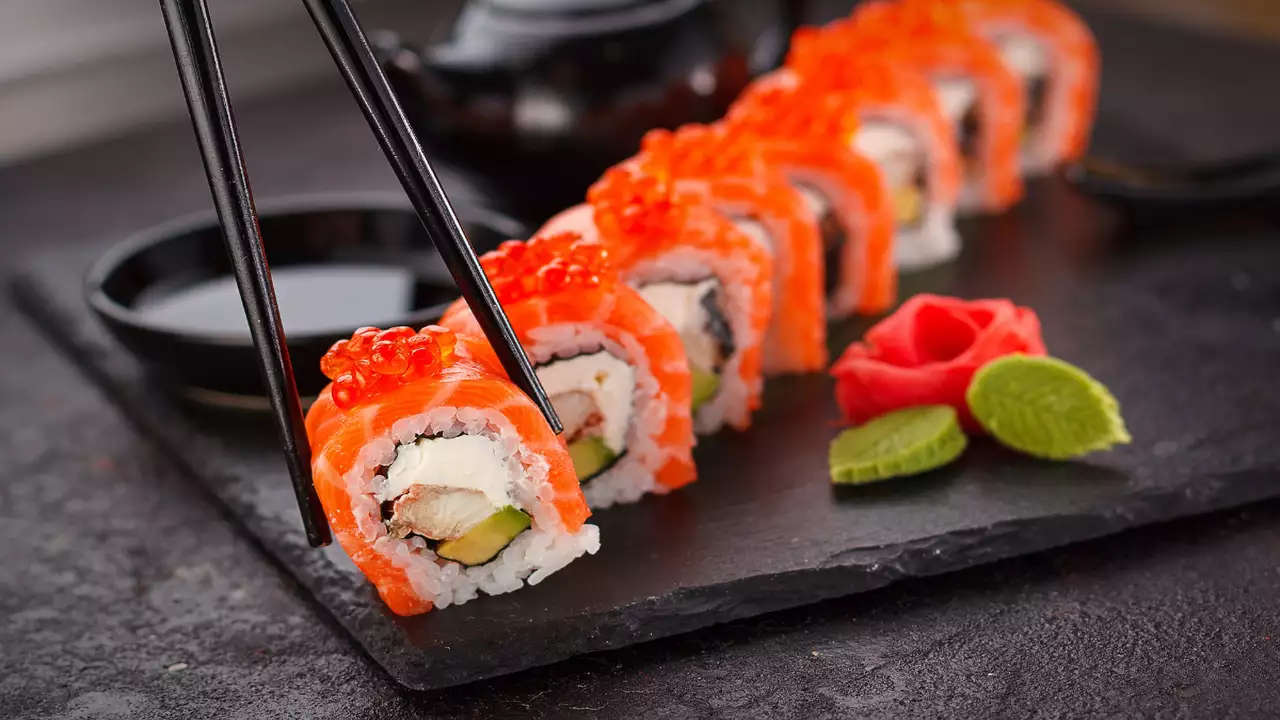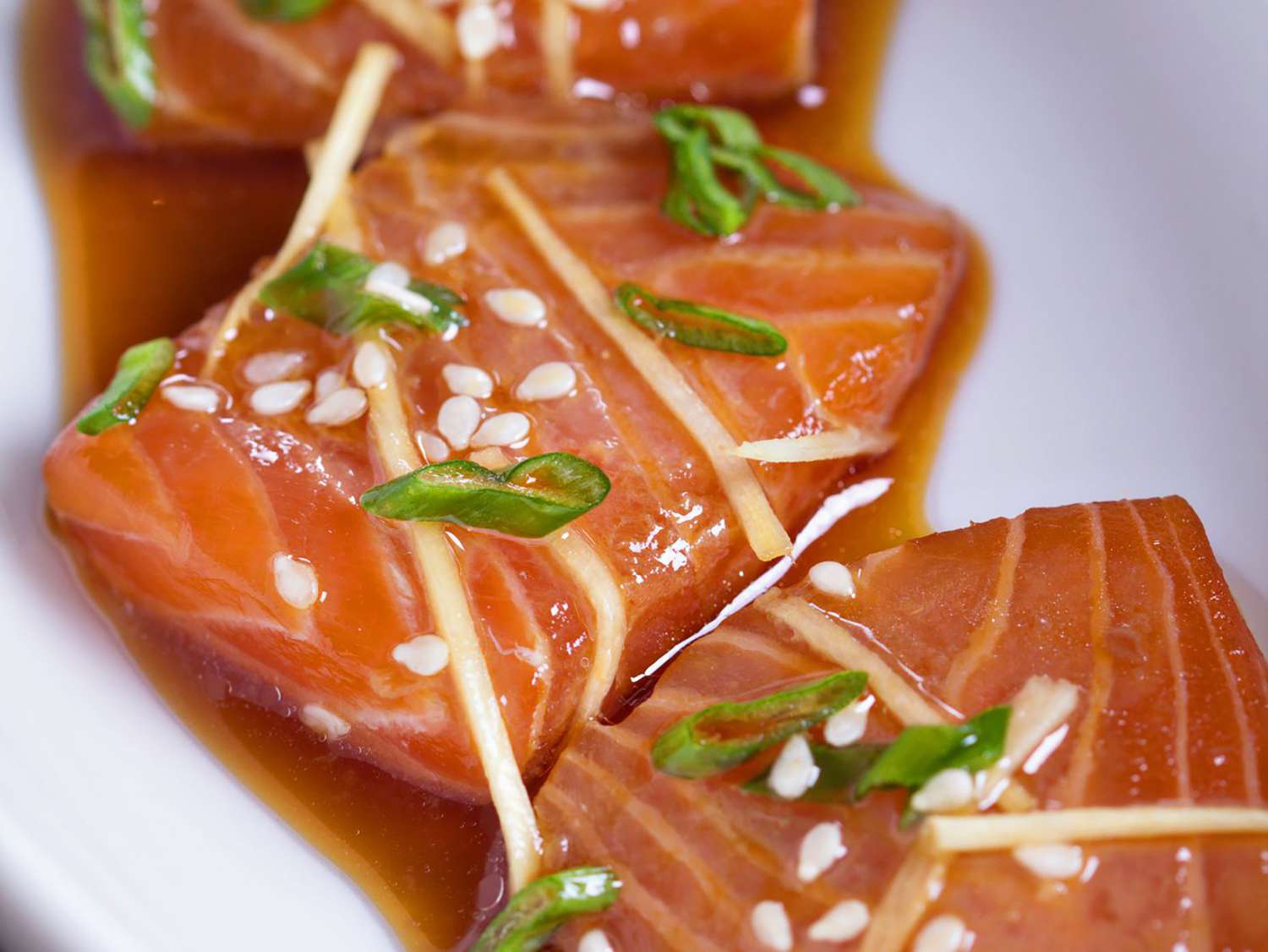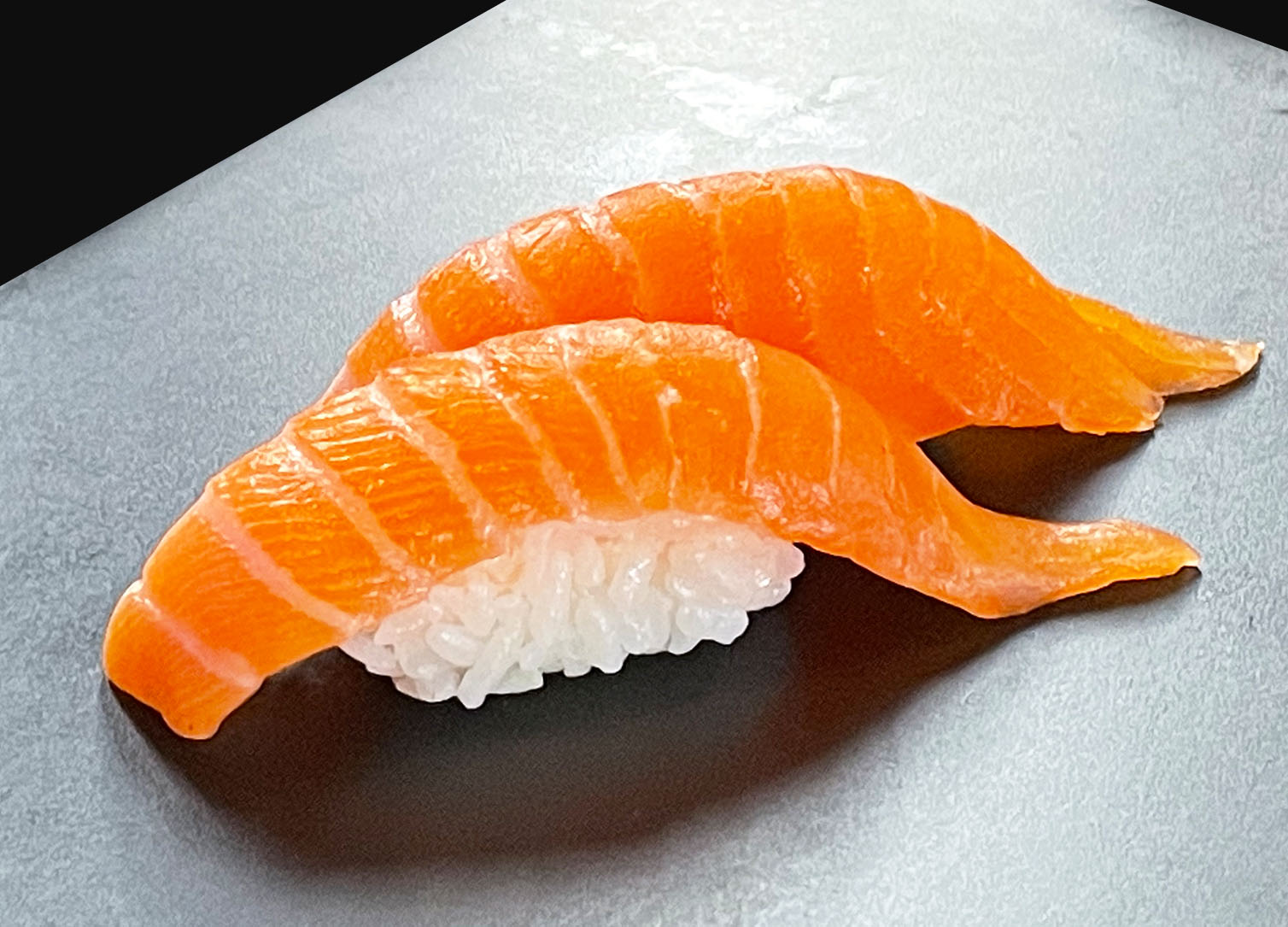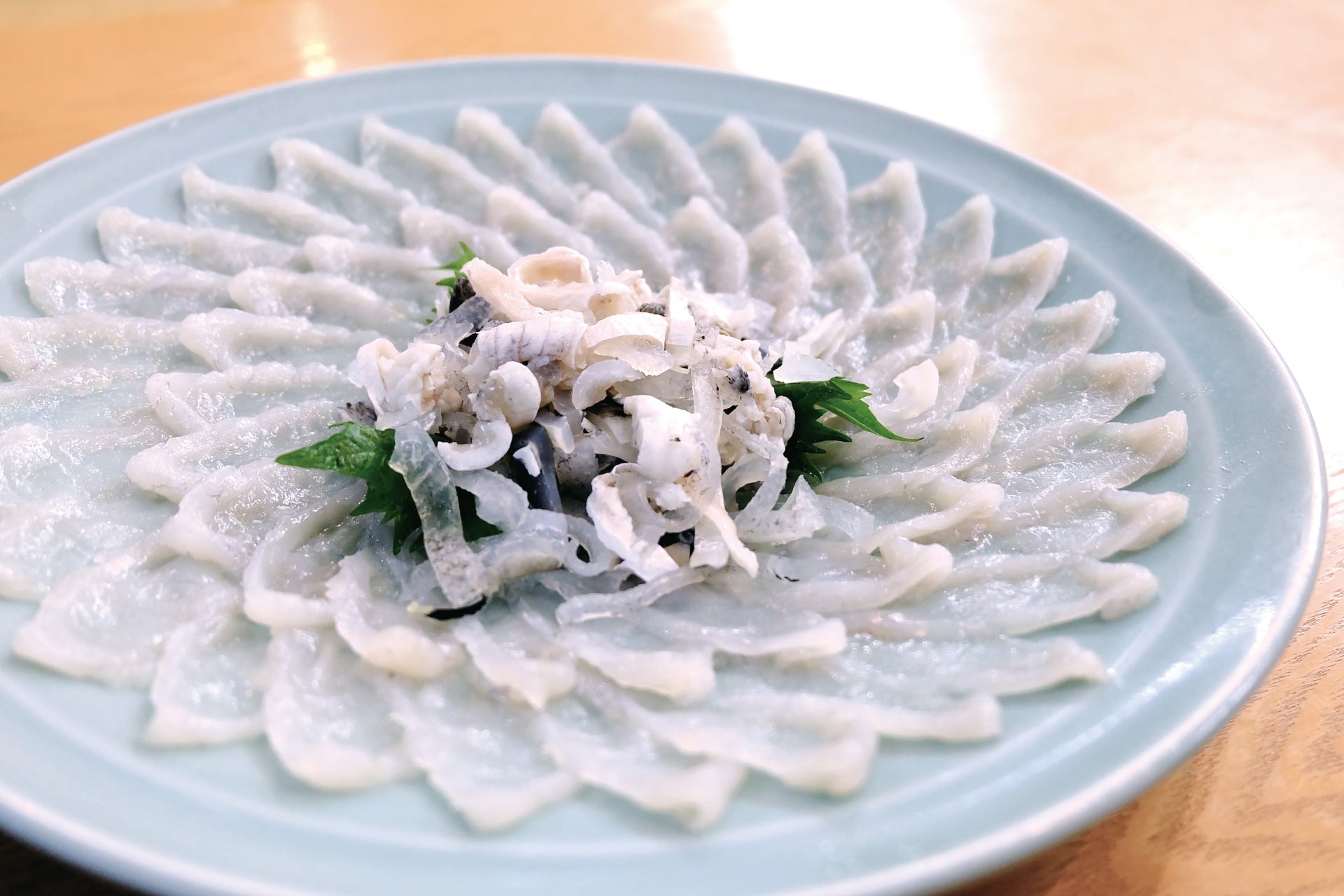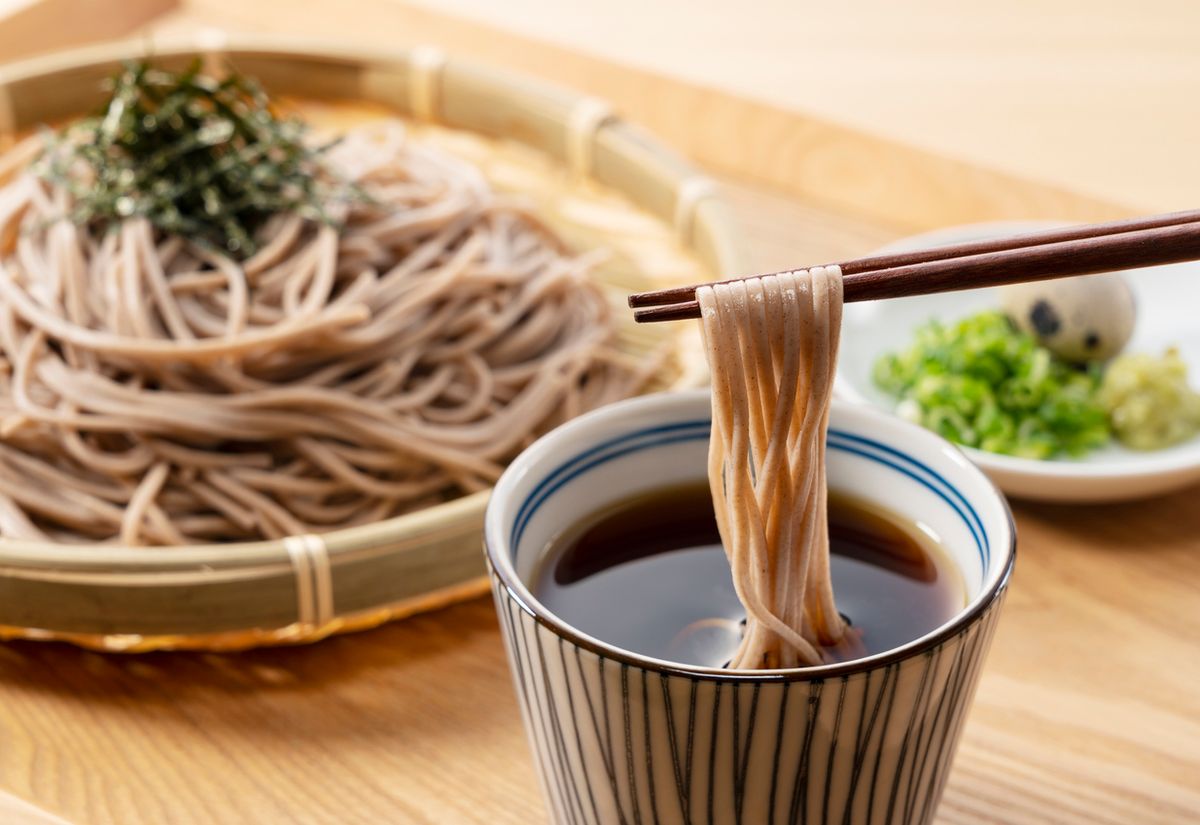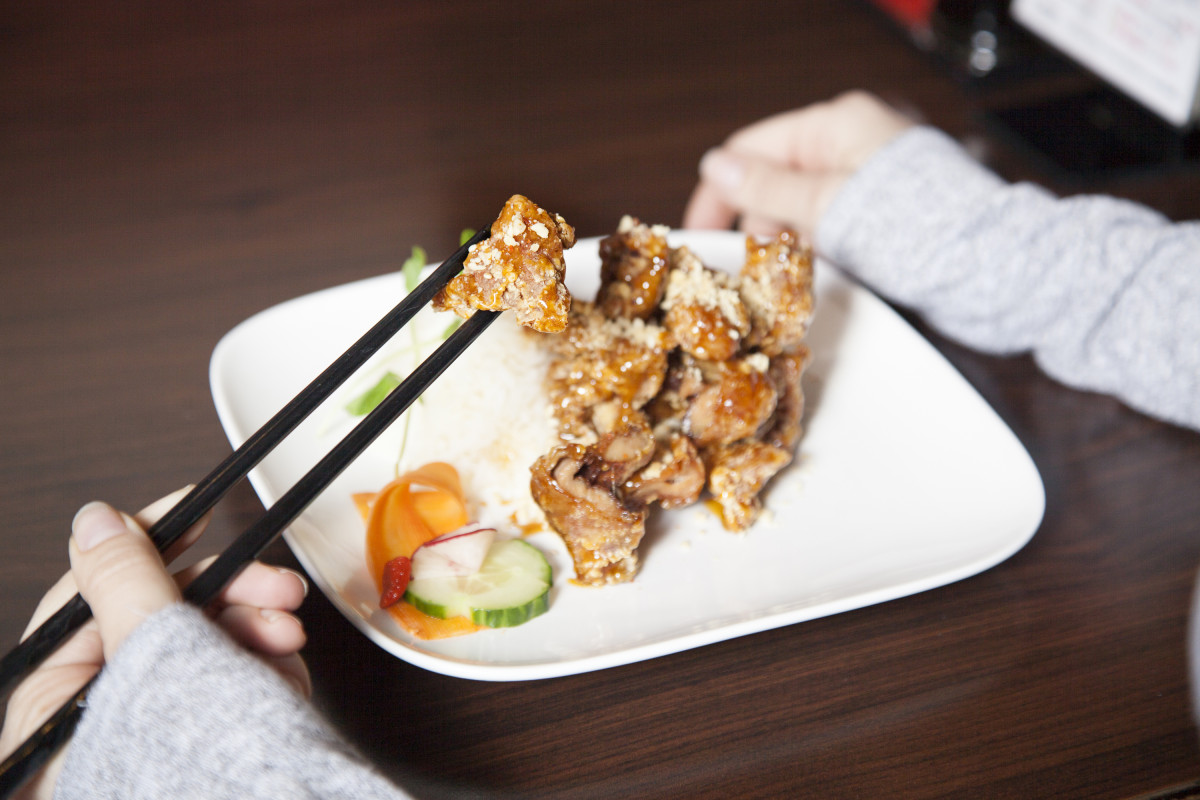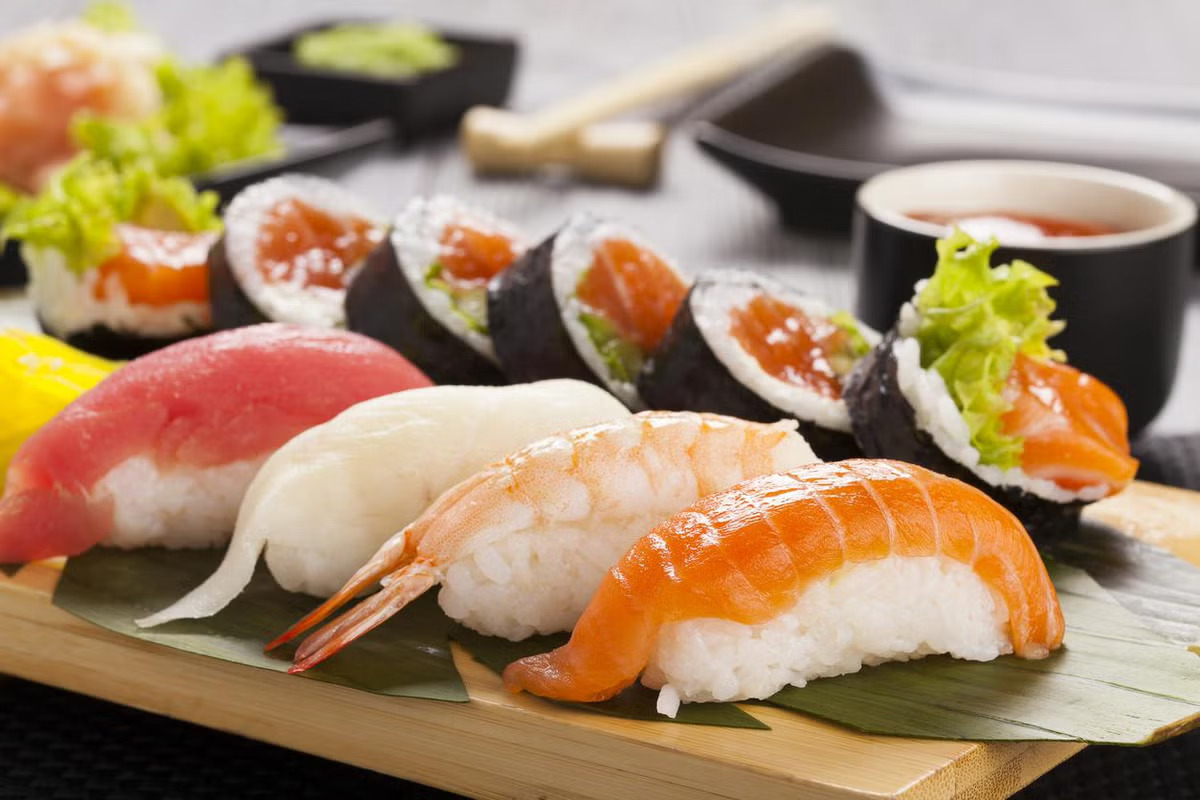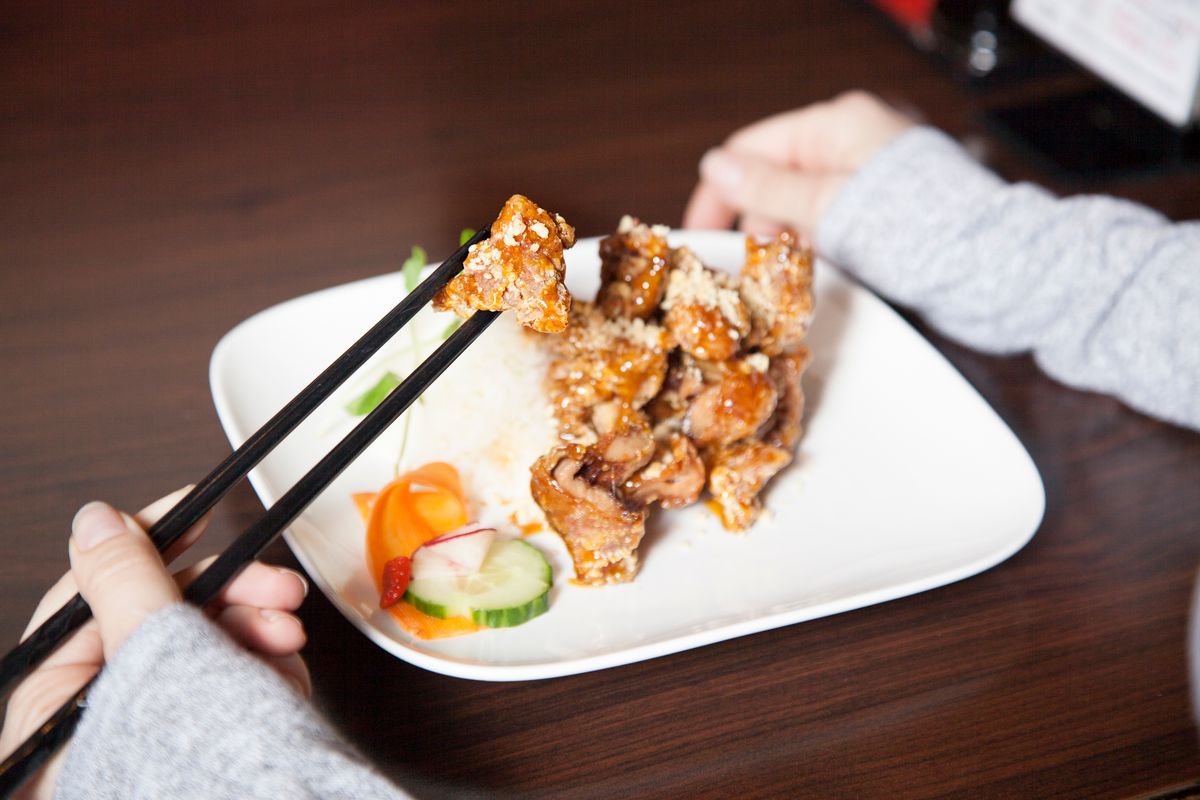When it comes to dining in Japan, one of the most iconic and traditional dishes you can enjoy is a whole fish. Whole fish is a popular and delicious dish that is often served in Japanese restaurants. If you're new to this culinary experience, you might be wondering how to properly eat a whole fish. In this guide, we'll explore the art of enjoying a whole fish served in Japan.
Choosing the Right Fish
Before delving into the dining experience, it's important to choose the right type of fish. In Japan, popular choices for whole fish dishes include sea bream, mackerel, and snapper. These fish are known for their delicate flavors and are often served whole to showcase their freshness and quality.
Preparation
When the whole fish is presented to you, it is typically grilled or steamed and served with minimal seasoning to allow the natural flavors of the fish to shine through. The fish is often garnished with simple accompaniments such as grated daikon radish, soy sauce, and a wedge of lemon.
Eating Etiquette
Now, let's dive into the proper way to eat a whole fish in Japan. Follow these steps to fully enjoy the experience:
-
Start with the Head: Begin by savoring the tender and flavorful cheek meat, which is considered a delicacy in Japanese cuisine. Use chopsticks to carefully extract the meat from the head.
-
Move to the Body: After enjoying the head, move on to the body of the fish. Use your chopsticks to gently separate the flesh from the bones, being mindful of any small bones that may be present.
-
Savor the Tail: The tail of the fish often contains some of the most succulent and flavorful meat. Take your time to savor this part of the fish, as it is often a highlight of the dining experience.
-
Enjoy the Accompaniments: Throughout the meal, make use of the accompanying condiments such as soy sauce and grated daikon radish. These add depth of flavor and complement the natural taste of the fish.
Cultural Significance
In Japanese culture, the act of eating a whole fish is steeped in tradition and symbolism. It is a sign of respect to the fish and the ocean, and it is a way to honor the natural bounty provided by the sea. By savoring every part of the fish, diners show appreciation for the ingredients and the skill of the chef who prepared it.
Conclusion
Eating a whole fish served in Japan is not just a meal, but an experience that allows diners to connect with the food and the culture. By following the proper etiquette and savoring each part of the fish, you can fully appreciate the flavors and traditions associated with this iconic Japanese dish. So, the next time you find yourself in a Japanese restaurant, don't hesitate to order a whole fish and immerse yourself in this time-honored culinary experience.
Was this page helpful?
Youngblood Law, PLLC
Our team of professionals makes Youngblood Law, PLLC the go-to law firm in Fort Worth for people who need not just a divorce, but a new beginning. We are who people call when they are ready to start a new happily ever after. This law firm was started because Paul and Holly Youngblood were tired of people existing in an unhappy family situation when they should be living to their full potential. They would like to help people who want to live the life they deserve and be the best person they can be. Despite what a lot of people think, our firm sees cause for hope because tough family law problems are temporary. The thoughtful pursuit of long-term solutions opens the door for amazing opportunities. You can help us to help people who are struggling in a tough family situation by letting them know they can come to us for confidential advice on how to move forward in their lives.
